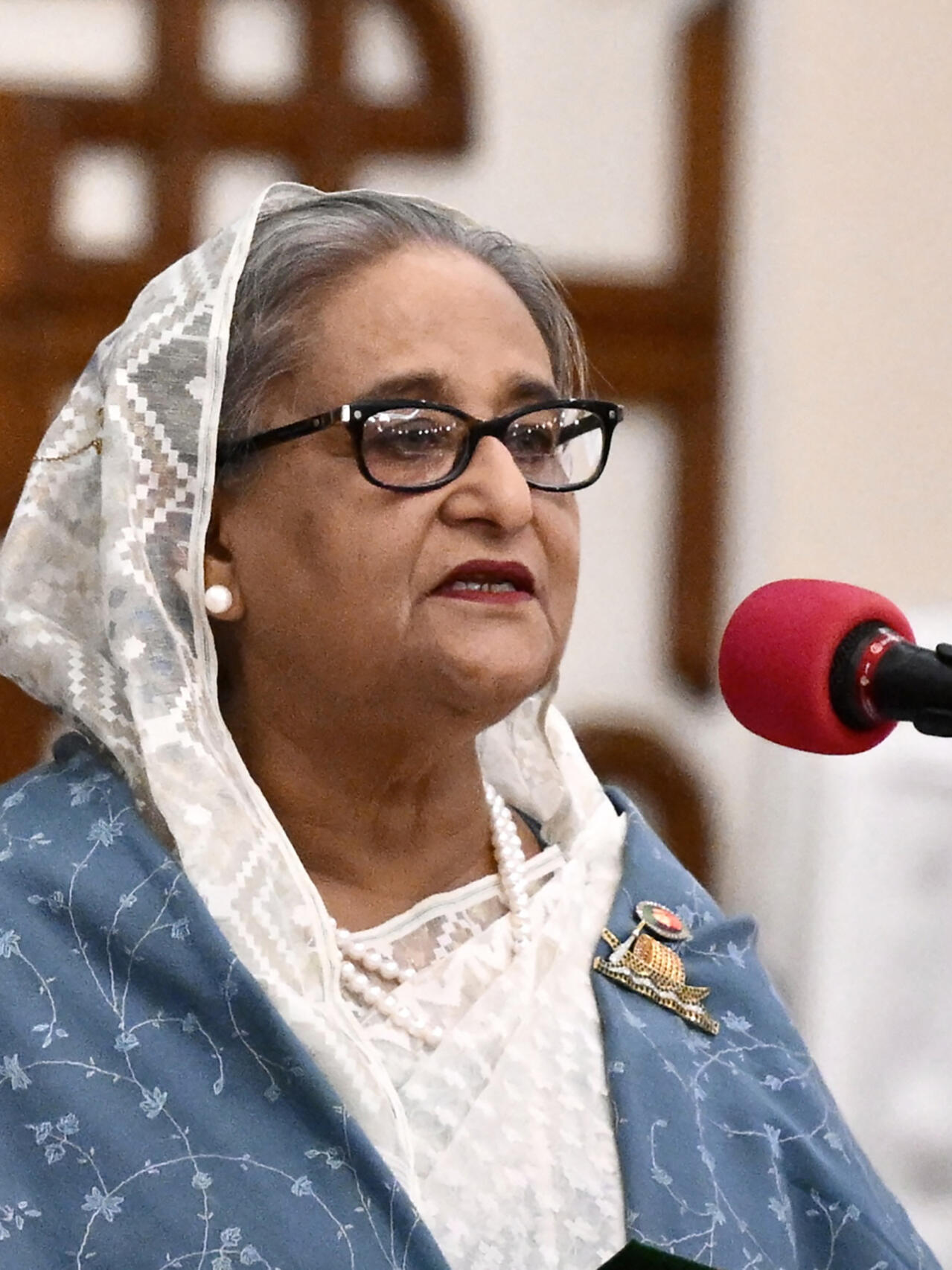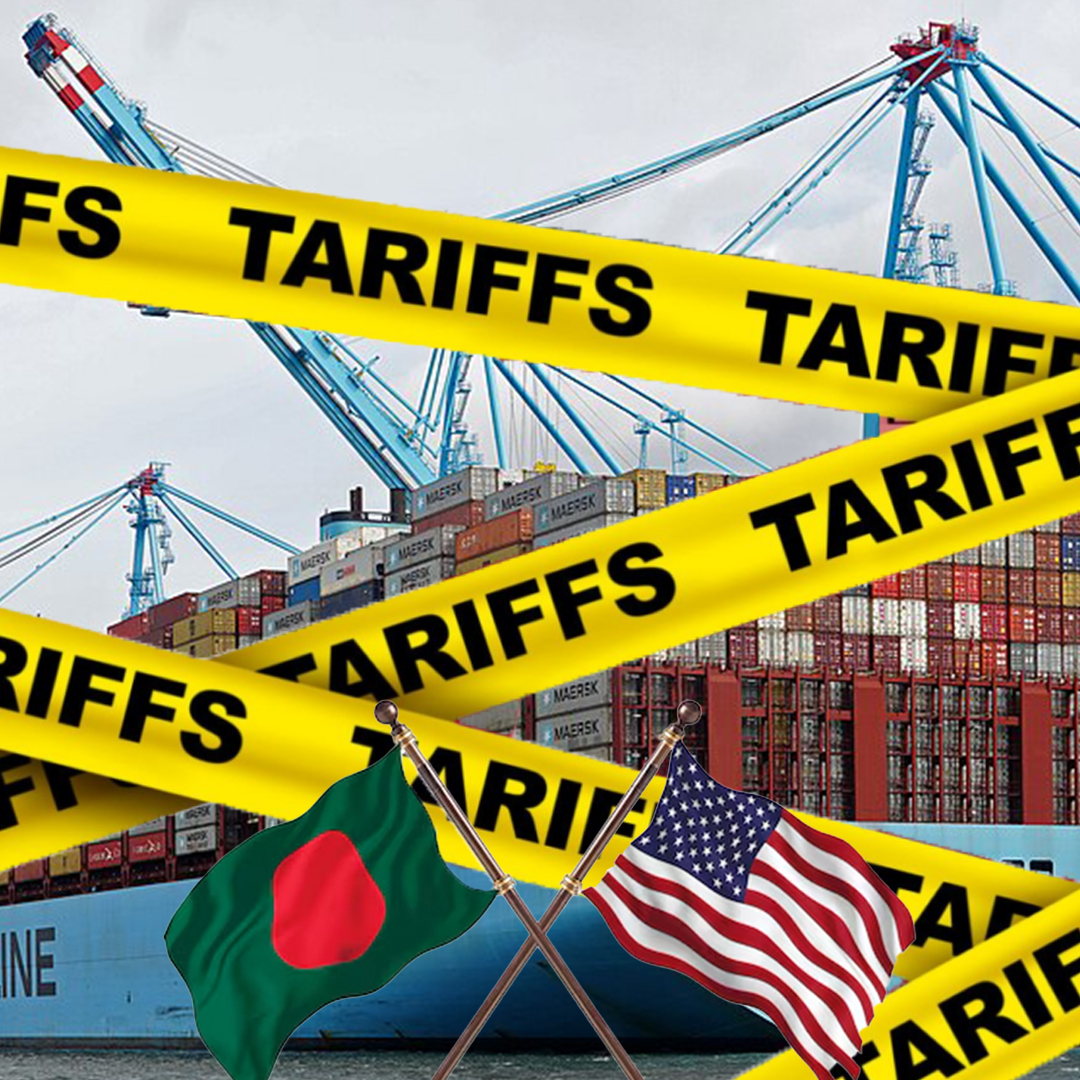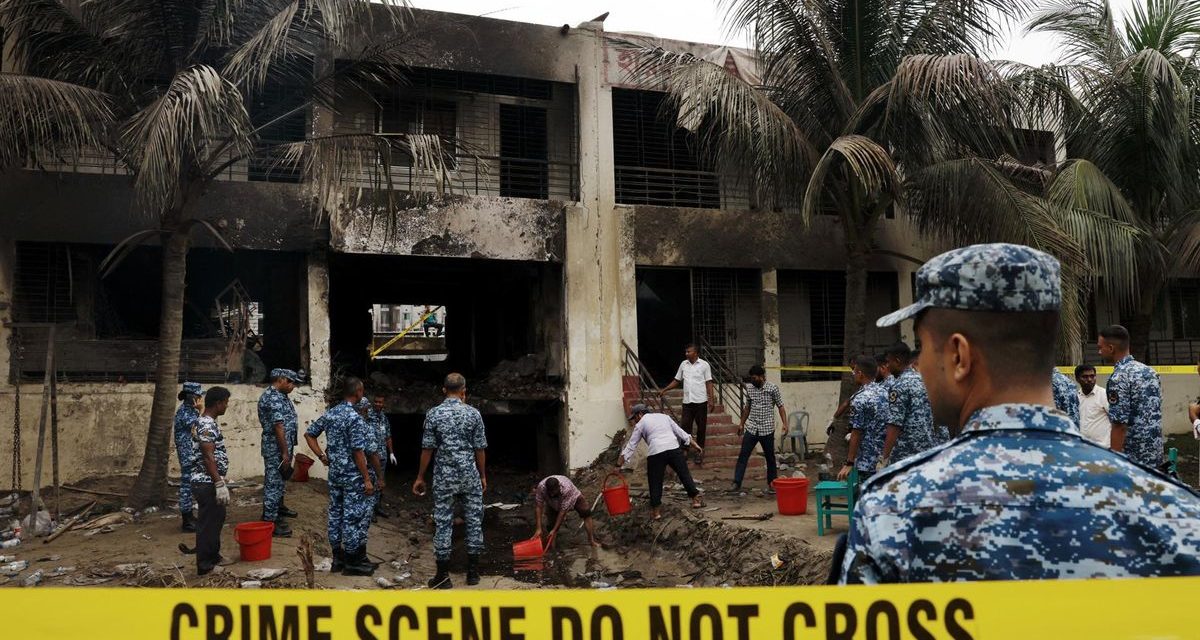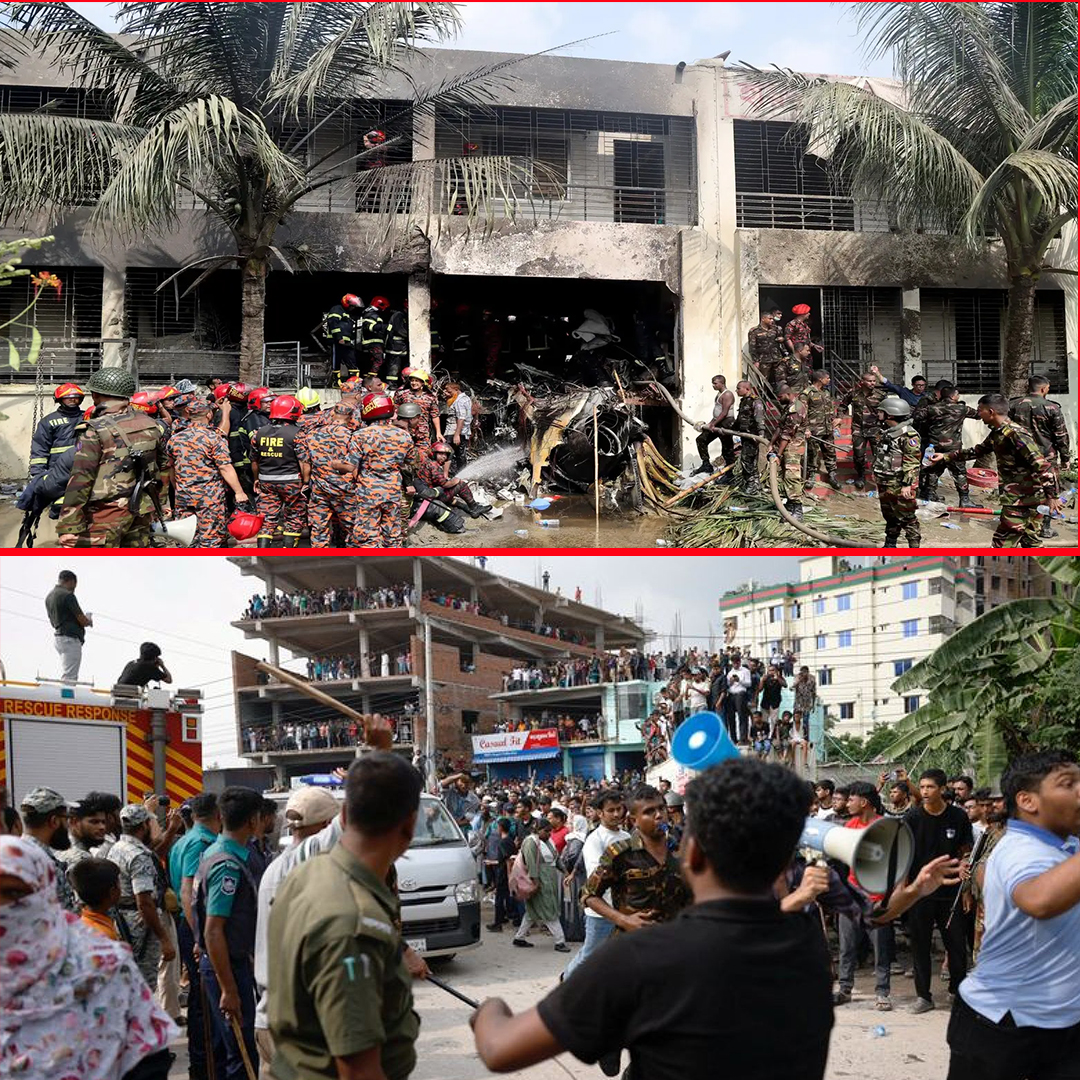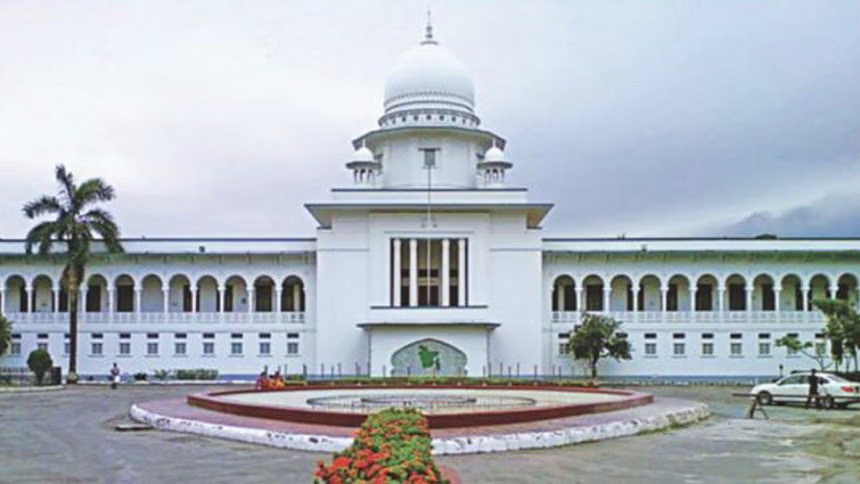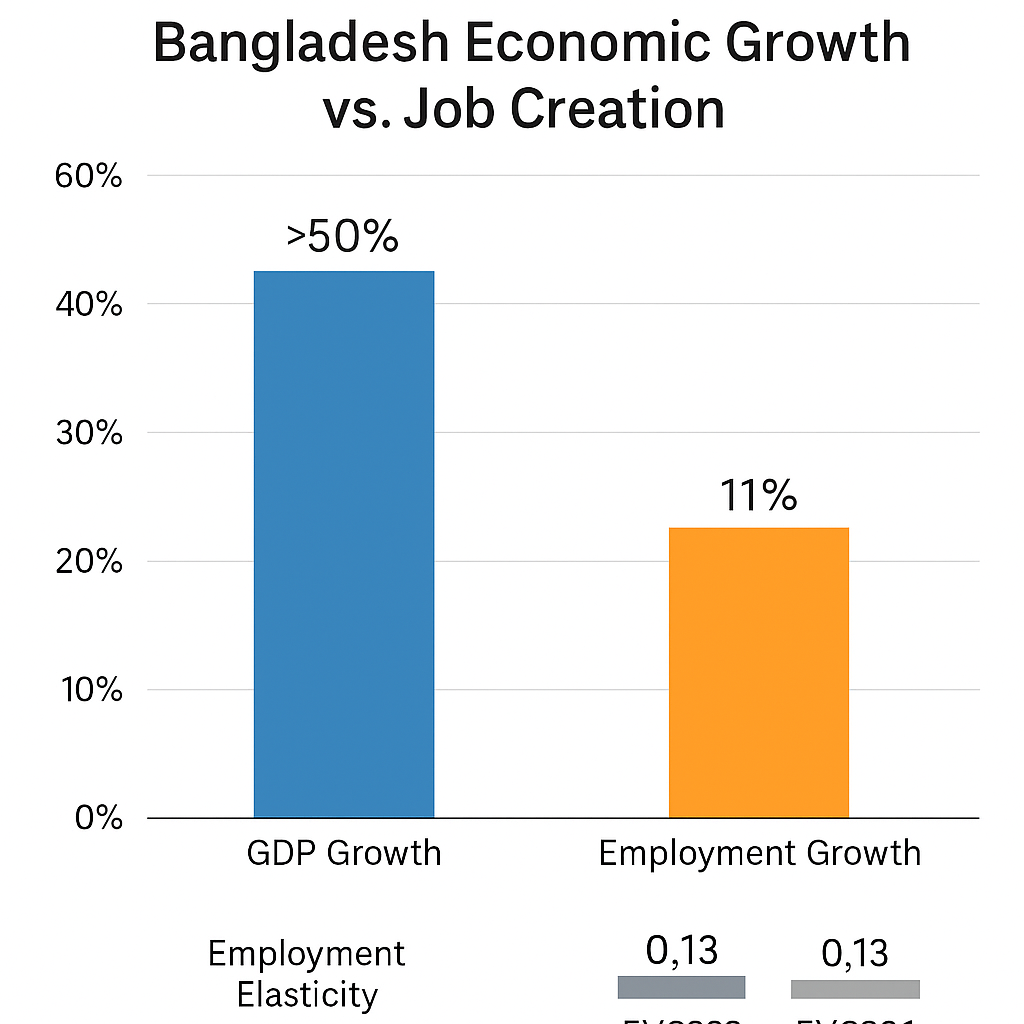
Despite strong GDP growth, employment increased by just 11%, raising concerns over jobless growth and youth unemployment in Bangladesh.
Bangladesh has experienced strong economic growth over the past eight years, with the economy expanding by more than 50%. However, job creation has not kept pace, increasing by just 11% during the same period. This growing gap between GDP growth and employment is raising serious questions about the inclusiveness and long-term sustainability of the country’s development strategy.
Current estimates reveal a sharp decline in employment elasticity—the rate at which employment grows in response to economic expansion. In fiscal year 2021–22, the employment elasticity stood at 0.38. By the first quarter of FY2023–24, it had dropped to just 0.13. This means for every 1% increase in GDP, employment is growing by only 0.13%, a significant fall compared to previous years.
This decline signals a shift toward less labor-intensive economic activity. Sectors like manufacturing, which historically absorbed large portions of the workforce, are now relying more heavily on automation and efficiency improvements. While this trend supports productivity and export growth, it also means fewer job opportunities, especially in sectors like ready-made garments, which once served as a gateway for employment for millions.
Between 2015 and 2023, Bangladesh’s GDP rose sharply, driven by strong performance in exports, infrastructure investment, domestic consumption, and remittance inflows. Yet the job market has not reflected this momentum. Over this period, the total number of employed people grew from approximately 59.5 million to 66 million—an increase of just 6.5 million jobs in eight years, despite the robust expansion of the overall economy.
One of the most pressing concerns is the state of youth employment. A significant portion of the country’s population aged 15 to 24 remains unemployed or disengaged from both work and education. This group often faces limited access to quality training, job market information, or formal employment opportunities, resulting in a growing sense of frustration and missed economic potential.
The overwhelming dominance of the informal sector further highlights the problem. Around 85% of the workforce is employed informally, often in low-paying, unstable jobs with little to no social protection. This situation not only undermines income security but also makes it difficult for workers to transition to higher-skilled, better-paying roles that could contribute more significantly to the national economy.
Adding to the challenge is a slowing growth rate. Bangladesh’s GDP growth is projected to fall to around 5.2% in FY2023–24. Inflation, external market pressures, and financial sector weaknesses are contributing to a cooling economy. As growth slows, generating adequate employment opportunities becomes even more difficult, particularly for new entrants to the labor force.
To address the growing mismatch between economic growth and employment, experts emphasize the need for structural reforms. Key recommendations include diversifying the industrial base, especially beyond garments; encouraging investment in small and medium enterprises (SMEs); expanding vocational and technical training programs; and fostering a more business-friendly environment that attracts private sector investment and innovation.
Achieving the national target of becoming a high-income country by 2041 will require more than just GDP growth. Bangladesh must ensure that growth translates into meaningful employment opportunities for all segments of the population. That means building a job-rich economy, where economic progress is felt broadly—especially by the youth and working class.
In summary, while Bangladesh’s economic growth is commendable, the limited pace of job creation underscores a serious policy challenge. Without decisive action to bridge the gap between output and opportunity, the country risks a future of rising inequality and underutilized human potential. Creating quality jobs must now move to the center of the development agenda to ensure inclusive and sustainable progress for the years ahead.
source : thedailystar


